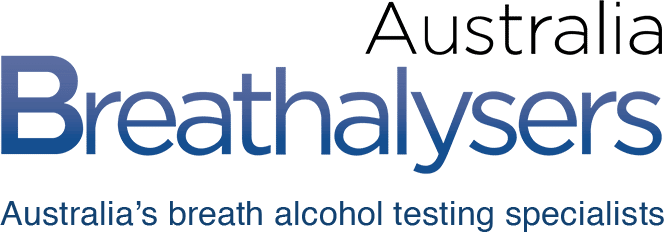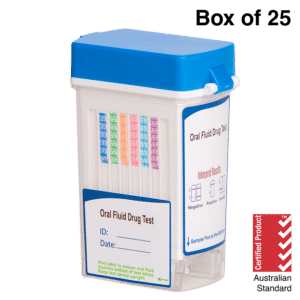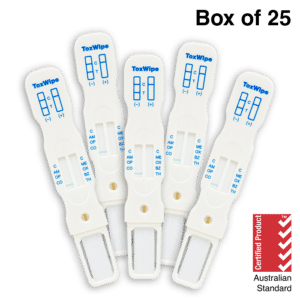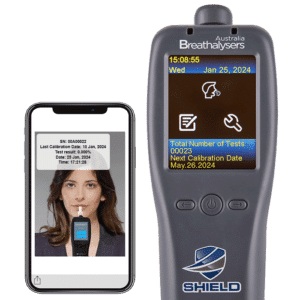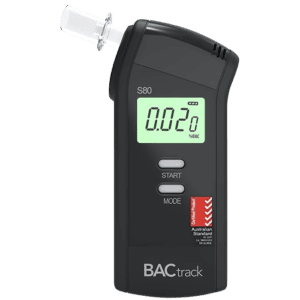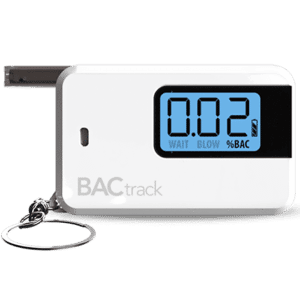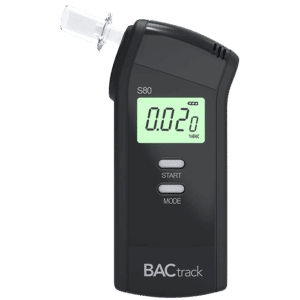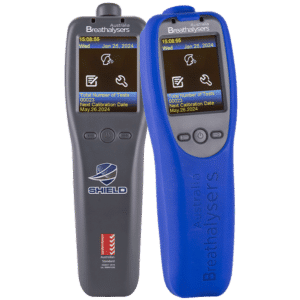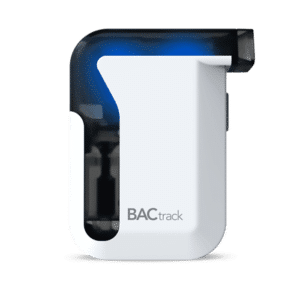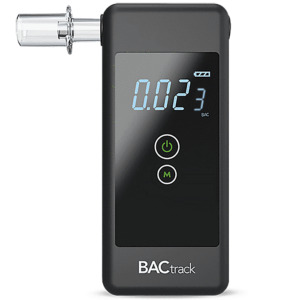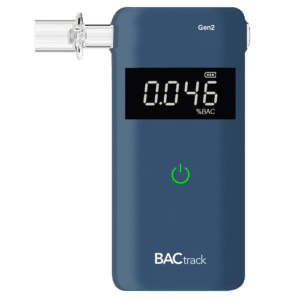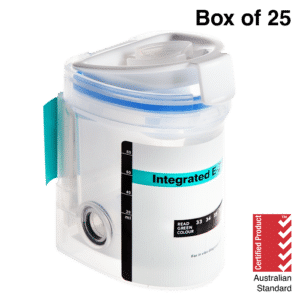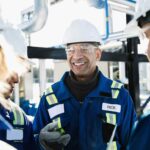Guidelines for Mining Drug and Alcohol Testing in Australia
06 October, 2022

Mining is one of the industries in Australia with the highest safety risks. Workers are exposed to external hazards, such as cave-ins, explosions, toxic air, and extreme temperatures. That is why operators ensure that all employees are physically and mentally fit. It includes being alert to assess dangers and handle the equipment. Unfortunately, countless incidents and casualties have occurred due to substance use or impairments. This is because alcohol or drug content affects vision, hearing, judgment, and coordination. As a result, it leads to high-risk errors with drastic consequences. Therefore, mining drug and alcohol testing is a mandatory safety procedure. Screening for drug and alcohol use can significantly reduce workplace accidents and manage hazards.
Drug and alcohol use is associated with many health and safety hazards. High consumption or long-term use can lead to adverse health effects like cancer, heart diseases, organ failure, and other permanent damage. Likewise, it becomes a workplace issue if it affects a person’s ability to perform tasks securely. In mining, drugs and alcohol can harm the impaired person and expose others to dangers. Thus, it is critical to conduct mining drug and alcohol testing to prevent unsafe behaviours or practices. Organisations use devices like breathalysers to control alcohol intoxication and maintain highly productive levels. Breathalysers Australia provides dependable professional breathalysers to help many workplaces manage safety hazards.
Mining Drug and Alcohol Testing: Risk Management Measures
Studies show that many factors increase the consumption of drugs or alcohol in mining sites. For example, the workplace culture that tolerates usage outside work hours has a higher likelihood of accidents than those with strict policies. Similarly, some people may turn to drugs or alcohol due to work pressure or being away from family and friends. Therefore, understanding the risk factors can help address employees’ substance-related issues. Furthermore, employers can implement preventive measures through a comprehensive policy. The workplace policy guides how employers manage hazards and how employees conduct themselves at work. It includes mining drug and alcohol testing to monitor impairment or substance abuse. Additionally, the risk management measures cover the following:
- Control the presence or use of drugs and alcohol at the site
- Identify the signs of impairment or intoxication
- Conduct regular medical drug tests or alcohol tests through a breathalyser
- Any person who fails a drug or alcohol test must not enter or stay at the mine
- Employees face corresponding actions following the workplace policy
- Recognise employees with substance abuse problems and offer rehabilitation assistance
- Ensure new hires do not have risky behaviours
- The test methods must adhere to the Australian Standards.

Guidelines for Conducting Mining Drug and Alcohol Testing
Businesses in Australia must ensure that they provide a healthy and hazard-free environment by minimising all preventable risk factors. In particular, high-risk industries like mining have zero-tolerance policies to prevent impaired-related incidents. Additionally, the management conducted mining drug and alcohol testing under the following situations:
- Hiring: regulated sectors like mining require pre-employment drug and alcohol testing to determine if the job applicant possesses risky behaviours that may affect workplace safety. The final job offer depends on the passing of the tests.
- Blanket testing: all employees undergo drug and alcohol tests during annual physical examinations.
- Random: unannounced tests to help determine employees trying to conceal their impairment. Random tests help deter substance use and monitor abstinence.
- Post-incident: the test is done right after an accident occurs. It is to determine if substances were a factor in the incident or near-miss.
- For-cause: supervisors or managers request a drug or alcohol test for a particular employee displaying noticeable signs of impairment. For example, the person may have bloodshot eyes, slurred speech, alcohol odour in the breath, and loss of coordination and balance. Employers must properly document the incident before conducting a for-cause or reasonable suspicion test.
- Return-to-duty: testing returning employees after a leave of absence following a positive test result, hospitalisation, or completing a rehabilitation program. They must clear new drug and alcohol tests to prove they are fit to work.
Procedures for Mining Drug and Alcohol Testing
Most workplaces employ medical tests for drug screening and breath tests for alcohol. The mining drug and alcohol testing use the most effective methods and devices to determine usage and impairment at work accurately. A drug test collects biological samples from urine or oral fluid to detect the presence of amphetamines, methamphetamines, barbiturates, benzodiazepines, cannabinoids, cocaine, methadone, opiates, and morphine. Urine and saliva tests are non-invasive procedures that can detect illegal or misused prescription drugs for 24 to 48 hours. Meanwhile, a breath test is cost-efficient to determine a person’s alcohol content. Workplaces use a breathalyser device like BACtrack from Breathalysers Australia to measure the Blood Alcohol Content (BAC) or intoxication level. Within seconds, you will know if an employee is impaired.
Using mining drug and alcohol testing with rapid results is critical to monitoring the workplace efficiently. It is because early detection can prevent mishaps from happening. Moreover, other testing methods also help identify substance use suitable for particular circumstances. For example, a hair strand test can detect drugs and alcohol compounds for up to 90 days. Its longer detection window provides an insight into a person’s long-term consumption pattern. Thus, it efficiently determines if a person has a drug or alcohol use disorder. Lastly, a blood test can detect drugs most accurately. However, it is costly and the most invasive method of all. Therefore, it is used to confirm and validate an initial screening result.
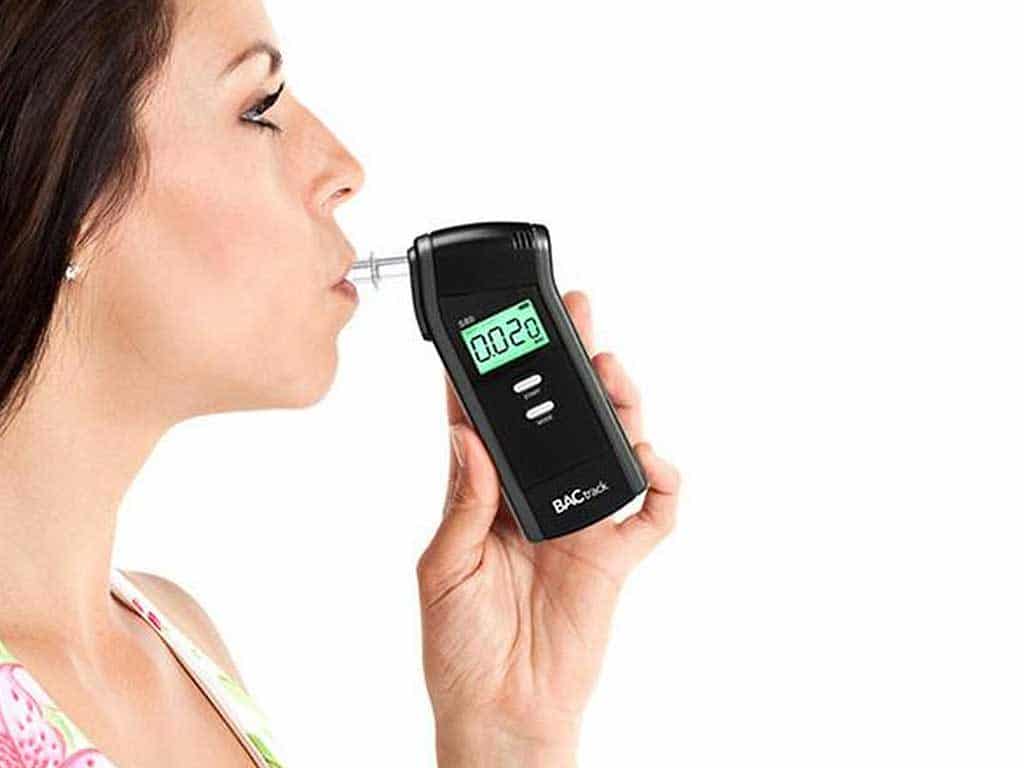
Advantages of Workplace Breathalysers
Breathalysers are testing equipment used to measure the BAC levels of individuals through breath samples. Getting the most reliable devices for mining drug and alcohol testing is important as the wrong results can be costly. The workplace devices from Breathalysers Australia utilise fuel cell sensors, delivering the highest precision in alcohol breath tests. Breathalysers like the BACtrack S80 Pro Gen2, Mobile Gen2, and Alcovisor Mercury take a sample of deep lung air and analyse them through the fuel cell sensors. Then, within 10 to 15 seconds, the devices display the BAC results, helping employers make the right safety decision. Furthermore, workplace breathalysers from Breathalysers Australia have the following advantages:
- Non-invasive – providing a breath sample is easy and can be done in plain sight in front of the test administrator.
- Portable – breathalysers like the BACtrack are handheld devices that can be used conveniently in remote work areas.
- Frequent testing – the BACtrack breathalysers have a fast warm-up and turnaround time, making consecutive breath tests faster.
- Long-term reliability – fuel cell breathalysers remain consistent despite long-term use. A workplace breathalyser like the BACtrack requires recalibration every six months, depending on usage, to help maintain its accuracy.
Conclusion
Drug and alcohol use is one of the safety risks affecting many workplaces or industries. Thus, employers adopt a workplace program to minimise the harmful effects of substance abuse. Moreover, prevailing impairments of employees affect safety and productivity. Businesses also incur high costs due to hospitalisation and compensation expenses. The mining drug and alcohol testing in Australia helps operators minimise occupational hazards. Lastly, the BACtrack breathalysers from Breathalysers Australia are AS3547 certified, meeting the requirements of an effective breath screening device.





